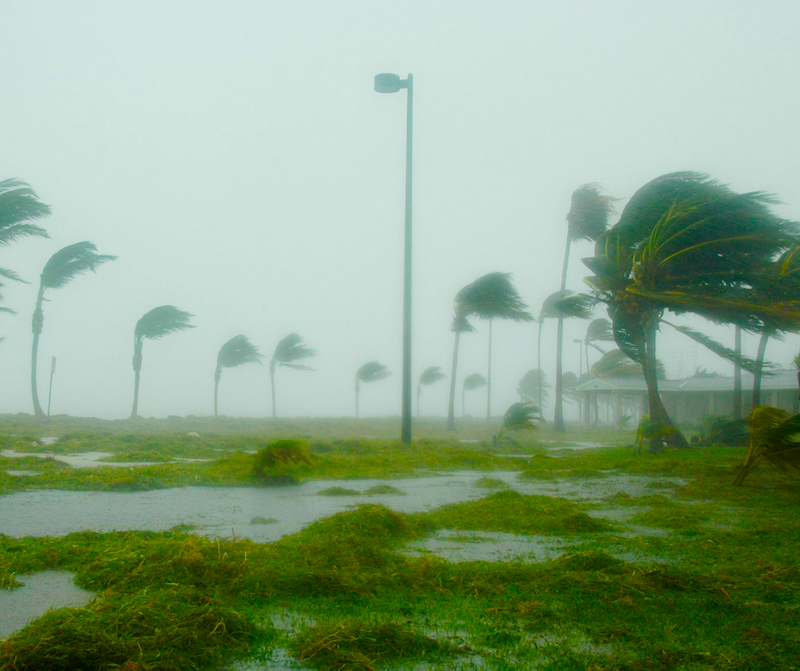
Protecting Your Business from Severe Weather Hazards: A Comprehensive Guide
Severe weather can strike at any time, causing significant damage to property and disrupting business operations. For business owners, especially those who own property, taking proactive steps to protect their investments from severe weather hazards is not only prudent but essential. This comprehensive guide will walk you through various strategies and considerations to safeguard your business against the unpredictable forces of nature.
Understanding Severe Weather Risks
Before implementing protective measures, it's crucial to understand the types of severe weather that could impact your business. Common weather hazards include:
- Hurricanes and Tropical Storms: High winds, heavy rainfall, and flooding.
- Tornadoes: Extremely high winds and flying debris.
- Floods: Caused by heavy rain, storm surges, and overflowing rivers.
- Winter Storms: Snow, ice, and freezing temperatures.
- Wildfires: Rapidly spreading fires, often exacerbated by dry conditions and high winds.
By identifying the risks specific to your location, you can tailor your protective strategies to address the most likely threats.
Developing a Severe Weather Preparedness Plan
A well-thought-out preparedness plan can significantly mitigate the damage caused by severe weather. Here are key components to include:
1. Risk Assessment
Conduct a thorough risk assessment of your property and business operations. Identify vulnerabilities and prioritize areas that need strengthening. Consider factors such as building structure, location, and the nature of your business activities.
2. Emergency Response Team
Form an emergency response team comprising key personnel who will be responsible for executing the preparedness plan. This team should be trained in emergency procedures and equipped to handle various scenarios.
3. Communication Plan
Establish a communication plan to keep employees, customers, and stakeholders informed during severe weather events. Ensure you have multiple channels of communication, such as email, social media, and phone trees.
4. Evacuation and Shelter Plans
Determine evacuation routes and safe shelter locations for employees. Conduct regular drills to ensure everyone is familiar with the procedures.
Fortifying Your Property
Taking physical steps to fortify your property can prevent or minimize damage during severe weather. Consider the following measures:
1. Structural Reinforcements
- Roofing: Ensure your roof is in good condition and can withstand high winds. Consider installing hurricane straps or clips for added strength.
- Windows and Doors: Install impact-resistant windows and doors or use shutters to protect against flying debris.
- Walls and Foundations: Inspect for cracks and weaknesses. Reinforce as necessary to withstand high winds and flooding.
2. Flood Protection
- Drainage Systems: Ensure your drainage systems are clear and functioning properly to prevent water buildup.
- Flood Barriers: Use sandbags or flood barriers to protect entry points from rising water.
- Elevate Utilities: Raise electrical panels, heating systems, and other utilities above potential flood levels.
3. Fire Prevention
- Landscaping: Keep vegetation trimmed and away from buildings. Create defensible space to slow the spread of wildfires.
- Fire-Resistant Materials: Use fire-resistant building materials and install firebreaks where possible.
Protecting Business Operations
In addition to fortifying your property, it's essential to safeguard your business operations:
1. Data Backup and Recovery
Regularly back up critical data and store copies offsite or in the cloud. Develop a data recovery plan to ensure business continuity in case of data loss.
2. Insurance Coverage
Review your insurance policies to ensure you have adequate coverage for severe weather-related damages. Consider supplemental policies for floods, hurricanes, and other specific risks.
3. Business Continuity Plan
Develop a business continuity plan outlining how you will maintain operations during and after severe weather events. This should include alternative work arrangements, supply chain management, and customer communication strategies.
Building a Culture of Preparedness
Creating a culture of preparedness within your organization can enhance overall resilience:
1. Employee Training
Regularly train employees on emergency procedures and the importance of preparedness. Encourage them to create personal preparedness plans for their homes and families.
2. Community Engagement
Engage with local emergency management agencies and participate in community preparedness initiatives. Collaboration can provide valuable resources and support during severe weather events.
3. Continuous Improvement
Review and update your preparedness plans regularly. Conduct post-event assessments to identify areas for improvement and learn from each experience
Contact Garzor Insurance
If you need further assistance in safeguarding your business against severe weather hazards, Garzor Insurance is here to help. Our comprehensive risk assessment and tailored insurance solutions can provide the protection your business needs. Reach out to us for personalized guidance and support.
Phone: 321.206.8035
Website: www.garzorinsurance.com
Stay proactive and protect your business with the experienced staff of Garzor Insurance.